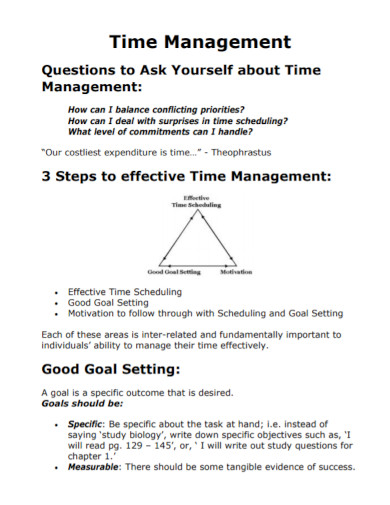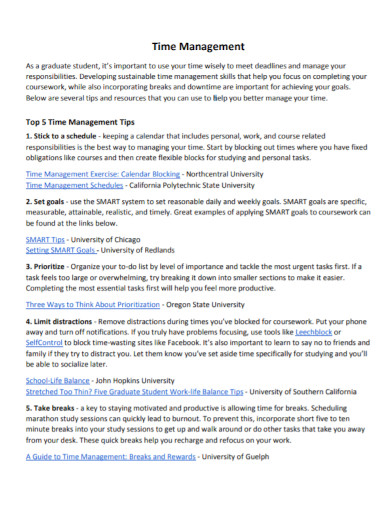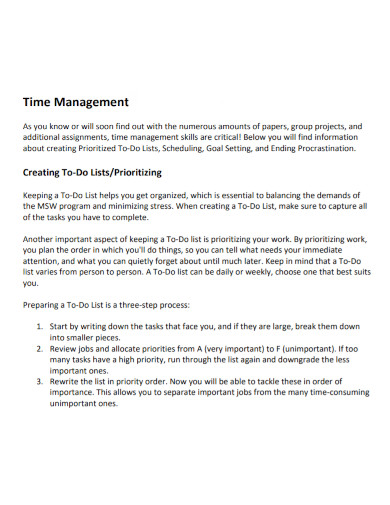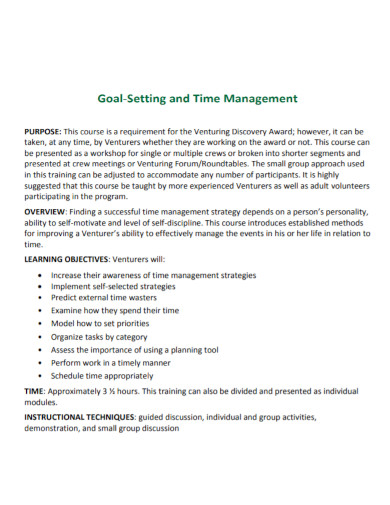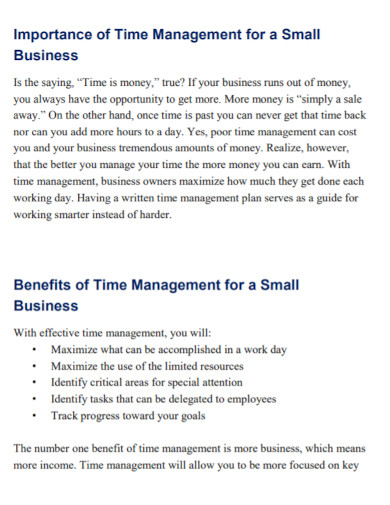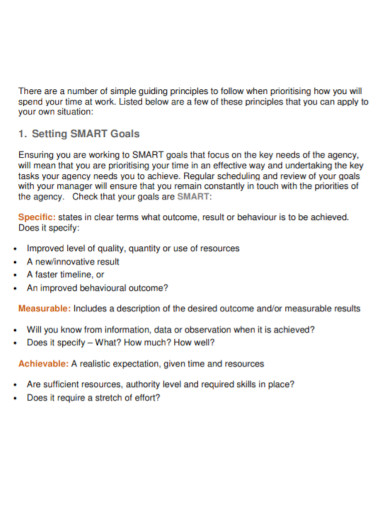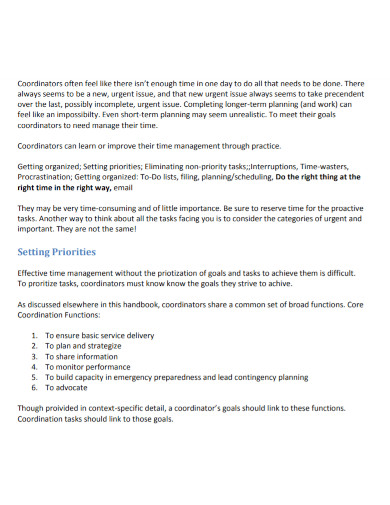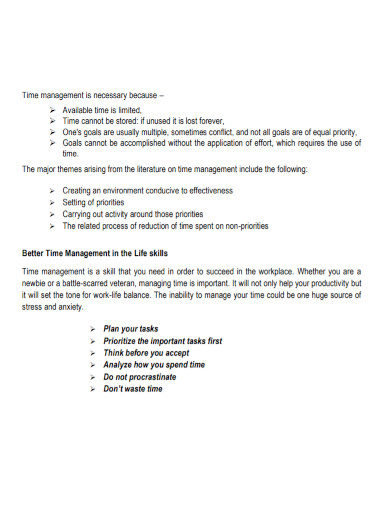10+ Time Management Goal Examples to Download
Time is an irreplaceable resource. When you consume time, you cannot take it back. The only thing you can do is to spend it wisely. Whether you are a student at school or a professional in your workplace, to be productive enough to accomplish the tasks in your daily checklist, you need to manage your time. To set the direction of your plan, ensure to generate your time management goal.
10+ Time Management Goal Examples
1. Time Management Goal Setting
2. Goal Setting, Planning & Time Management
3. Time Management Goal Template
4. Scheduling Time Management Goal
5. Goal-Setting and Time Management
6. Business Time Management Goal
7. Time Management Smart Goal
8. Coordinators Time Management Goal
9. Nursery Time Management Goal
10. Printable Time Management Goal
11. Time Management Goal
What Is a Time Management Goal?
Time management goals are lists of the objectives that you want to achieve after carrying out your plan. The target of these aims is to save enough time to maximize an individual’s productivity. Setting your goals before you strategize is a helpful tip because it will give you an idea of the appropriate methods and activities to implement.
How to Be Smart In Setting Your Time Management Goal
Goal-setting is one of the essential steps in plan-making. It is even a crucial step before starting academic projects. That said, before you make decisions and generate tactics to save time, you would need to set your objectives. People of all ages need to learn time management secrets to make the most out of their daily schedule. If you end up accomplishing your management goals, it could accelerate you in achieving the success that you want. That said, follow these steps to ensure you do it the right way.
1. Conduct a Self-Assessment
The first step you need to do is to analyze what success in time management includes. Another method is to envision what characteristics a person who is successful in managing their schedule would have. List down your ideas. After that, you should conduct a self-assessment and compare the results to know how far you are from that person. This method will give you an idea of the things you skills you need to improve within yourself.
2. Construct an Outline
Given that you have the results after assessing yourself, your second approach should be to construct an outline of the rough draft of your goals. You can list everything that comes to mind. Despite that, you should arrange it by writing the things you prioritize at the top of the list. To assist you with this segment, you can use a blank outline template. Do not forget to separate your goals into two categories, long-term goals, and short-term goals.
3. Implement SMART Goal-Setting
What you need to do with your list is to filter out the items by following the SMART goal setting framework. That said, you need to crash out the objectives that are not specific, measurable, and attainable. In addition, you should also consider ruling out the ones that are not relevant and timely.
4. Create a Timeline
After you have finalized your goals, the next step of the goal-setting process is to generate a management timeline. This visual chart will help you measure your progress. It will let you know if you are behind on achieving your goals or if you are right on schedule. Depending on how well you do, you can revise and adjust your aims.
FAQs
What are some effective strategies for managing your time?
To manage your time, one of the most effective methods is by clarifying your priorities. Focus on the task that takes precedence. In addition, you should keep a document of your daily tasks on your weekly schedule. Avoid procrastinating and ensure to follow the deadline that you set for each activity strictly.
What are examples of time management goals?
One of the prime purposes of setting time management goals is to guarantee that you can use your time most efficiently. Another example of time-saving objectives is to reinforce self-discipline by getting rid of possible distractions. In addition, you should include in your goals to also leave enough time for leisure and relaxation.
What makes a successful time management plan?
One of the elements that make a successful plan depends on if you were able to set aside an appropriate period for each task with enough breaks in between appointments. Another defining factor of a management plan is the organization. That said, you should group and specifically tailor your management strategy based on your program schedule.
Several people tried to employ their plans for time management, but only a few have achieved their goals. Maybe the flaw lies in their skills, or perhaps it was because of a mistake in their goal-setting process. If you list your time management goal well enough, you can reserve enough time for all the essential aspects of your life.



